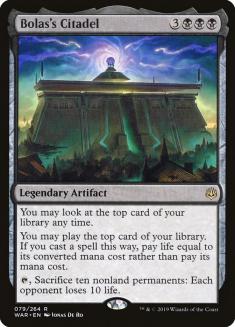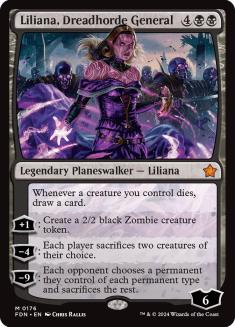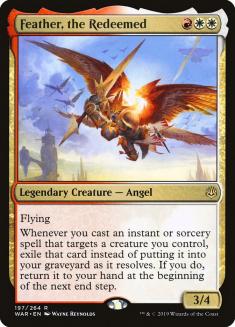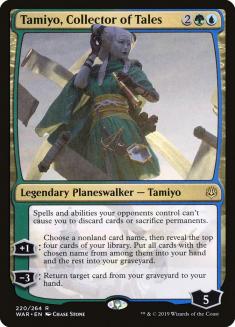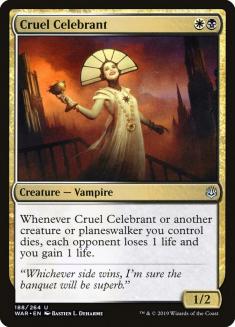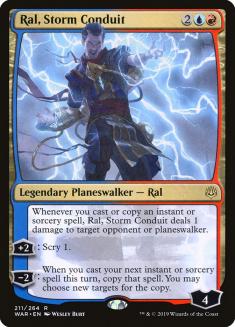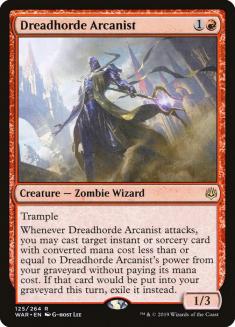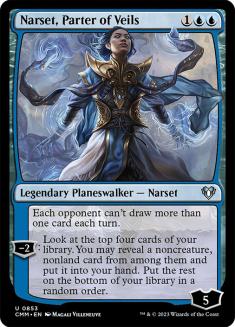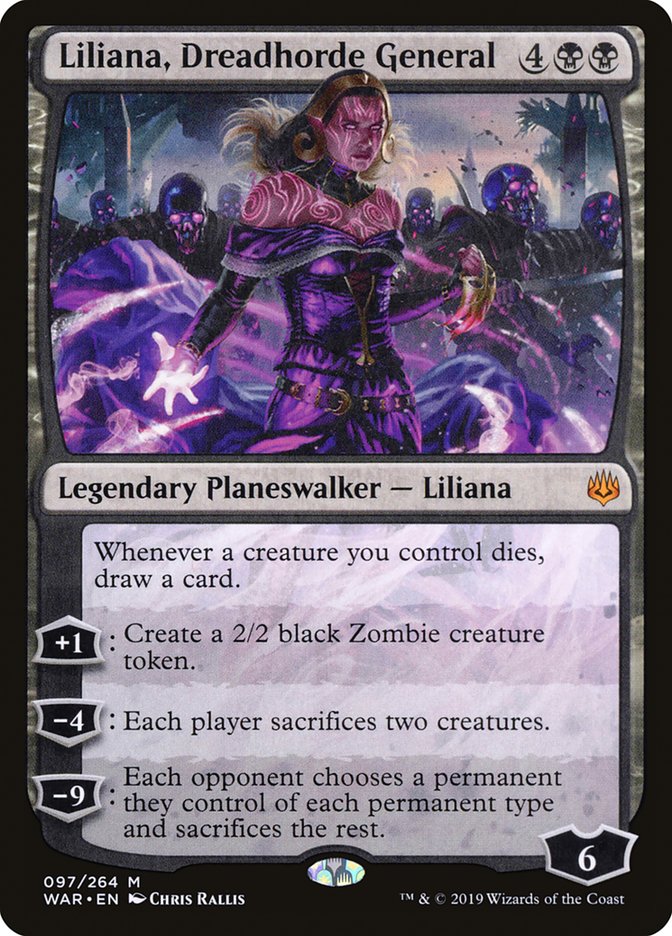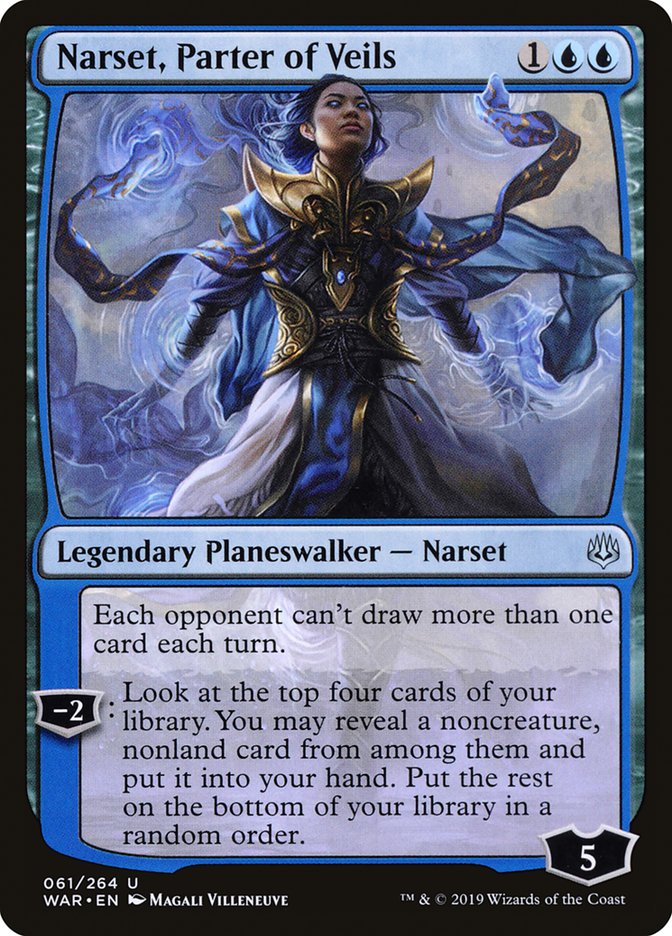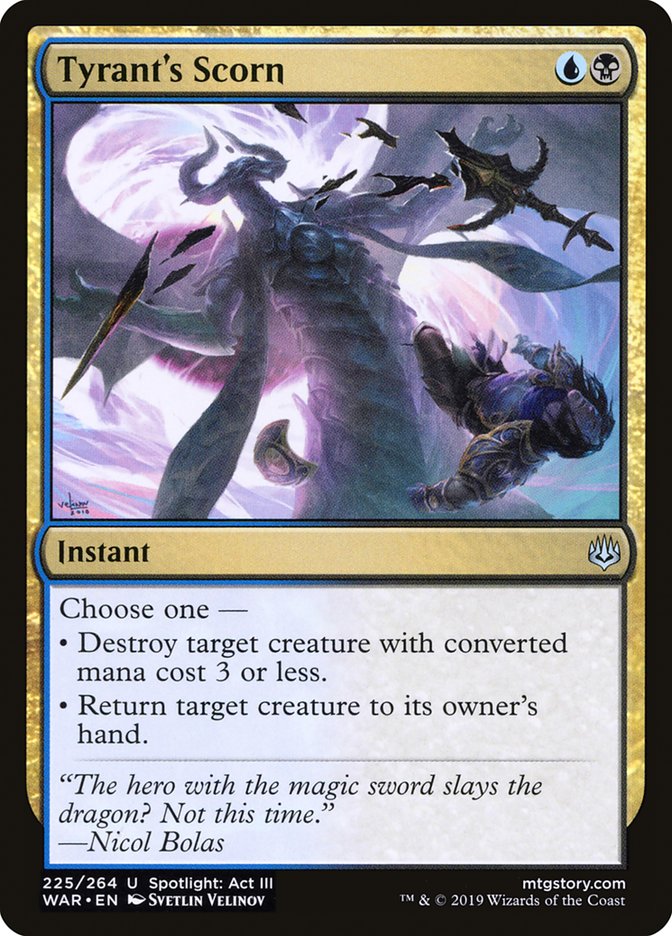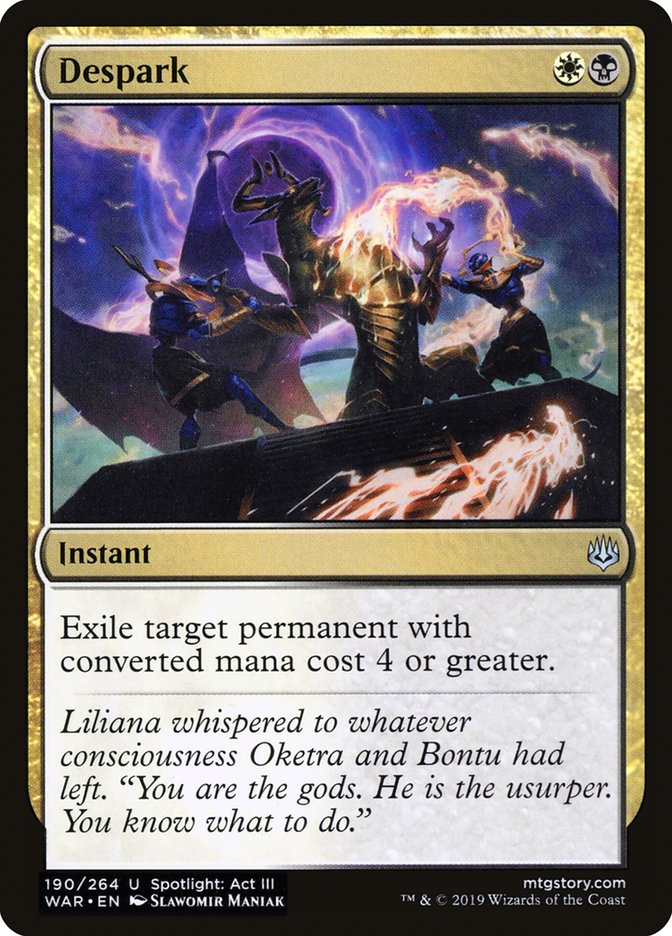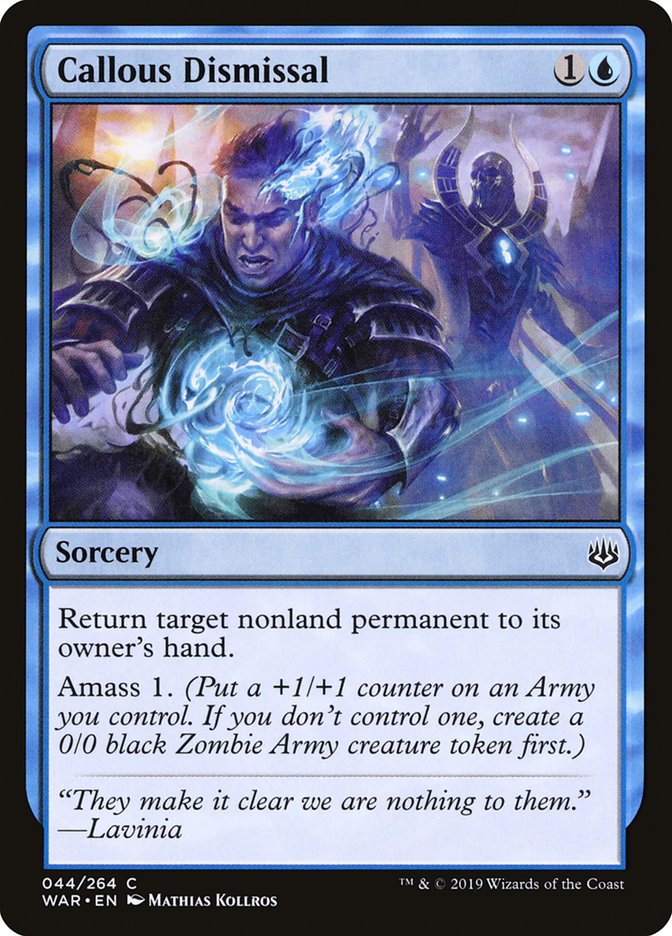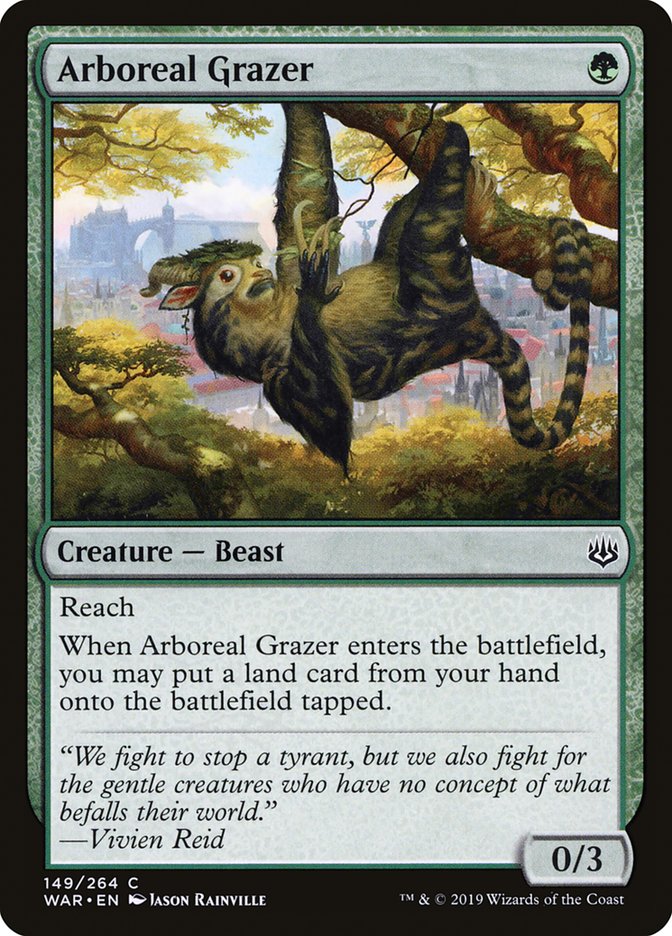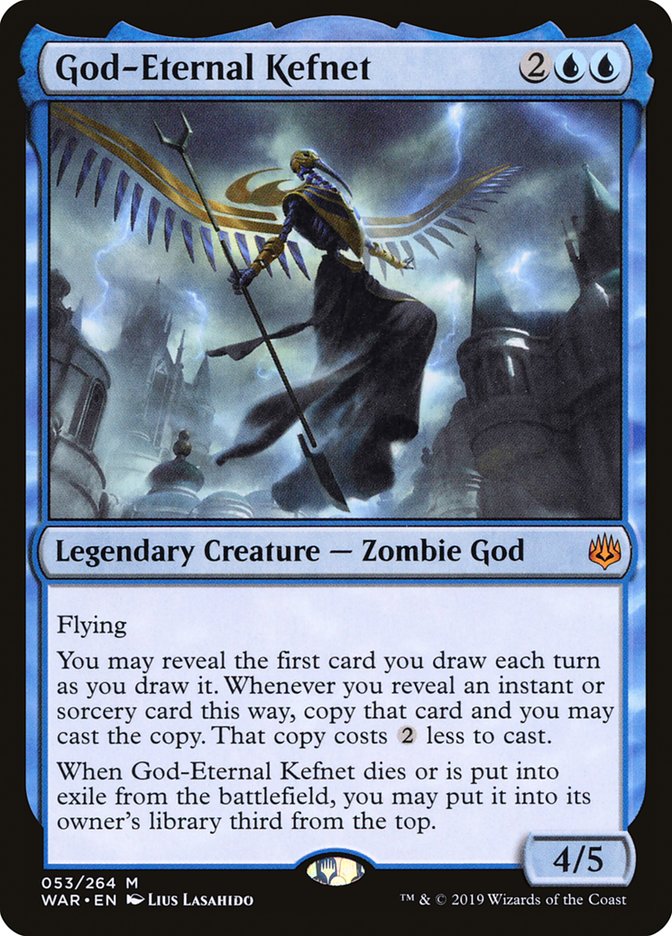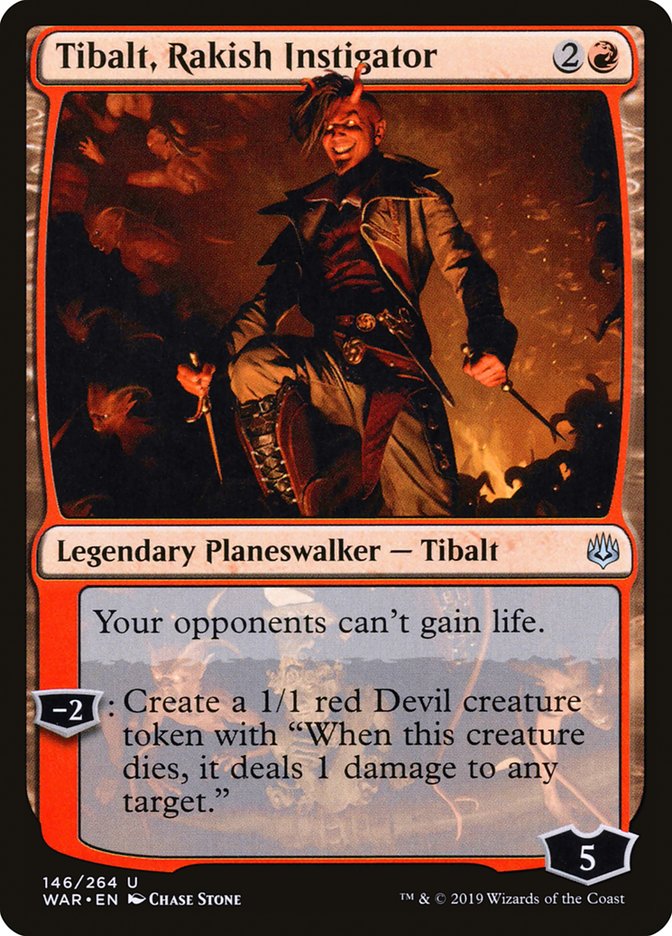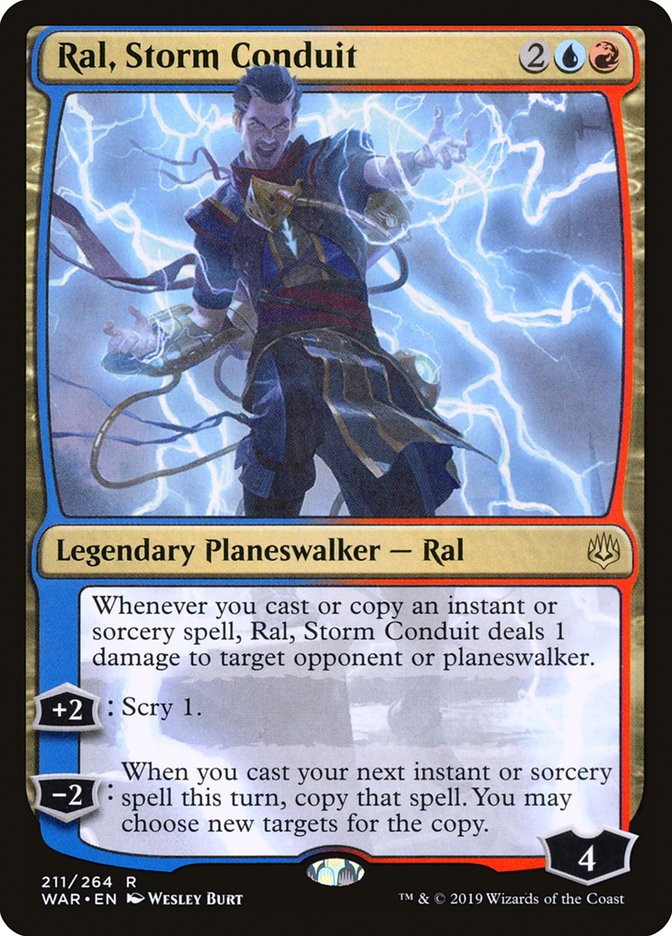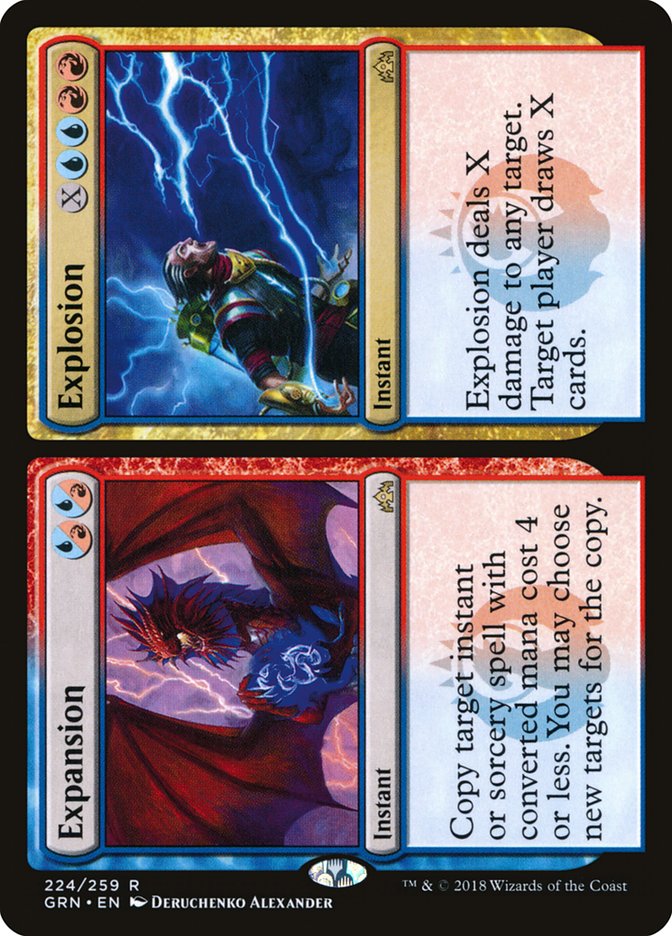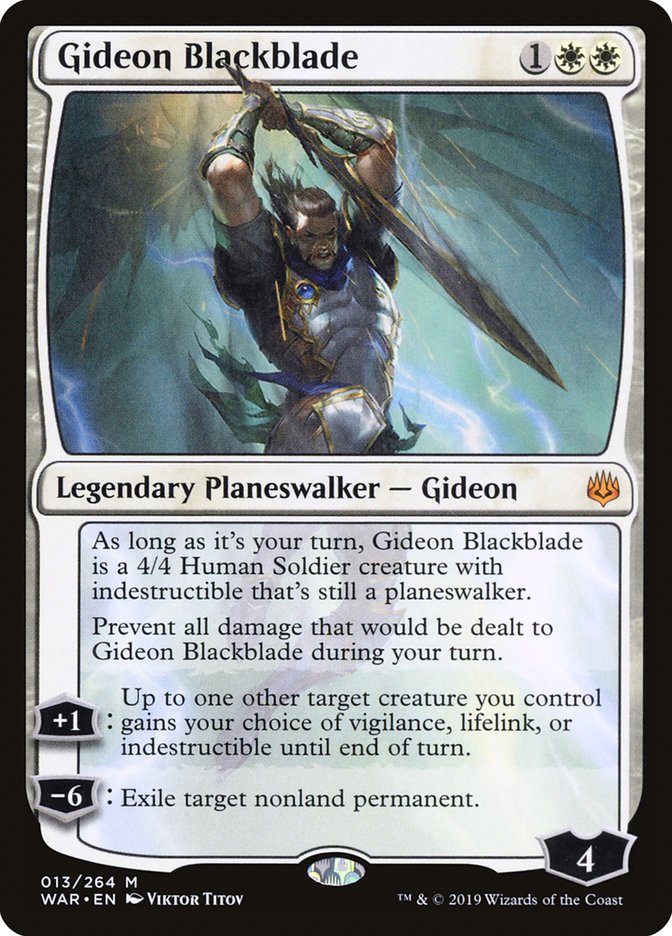It’s not a rotation. It’s not a rotation. It’s not a rotation.
No matter how many times I keep repeating this to myself, it’s hard to really feel like more than a single set’s worth of cards have been introduced with War of the Spark. Normally, whenever we see the winter set added to Standard, there isn’t too much that shifts – maybe an old archetype gets a new card here or there, sideboards get upgraded, or a new mechanic gets some deck added to the format.
This year, we get a powerhouse of an expansion.
There are multiple decks that are brand new and old decks that are being pushed to their limits. What’s most important to note is that new cards matter and going into SCG Richmond this weekend without doing your homework is completely unacceptable. This isn’t a weekend that will reward someone who crosses their fingers and brings their deck from a month ago.
It’s important to know exactly what to expect going into the weekend, and these are all the decks that are major players.
Updates on Known Archetypes
The easiest things to parse are the decks that are simply last format’s archetypes with some new bells and whistles.
Creatures (23)
- 4 Llanowar Elves
- 1 Carnage Tyrant
- 1 Hostage Taker
- 4 Wildgrowth Walker
- 4 Merfolk Branchwalker
- 4 Jadelight Ranger
- 1 Ravenous Chupacabra
- 3 Hydroid Krasis
- 1 Incubation Druid
Planeswalkers (5)
Lands (24)
Spells (8)
Sideboard

As long as the explore package is in Standard, it’ll fuel some sort of fair midrange deck that’s interested in tanking up on the battlefield while generating an advantage with planeswalkers. It might not be the flashiest thing in the world, but it’s reliable, and Liliana, Dreadhorde General is absolutely a large enough payoff to warrant the effort being sunk into protecting her.
In this particular shell, think of Liliana as a huge upgrade to Vraska, Relic Seeker. In previous Standard formats, Vraska wasn’t quite making the cut, but Liliana will more reliably assure that her controller gets paid for casting her, and her ultimate is more likely to win the game on its own.
If you’re unsure of what to play this weekend and don’t have a ton of time to dedicate to playtesting, this is a perfectly reasonable and safe thing to sleeve up. That being said, it’s one of the decks that people are most likely to be prepared for, by virtue of it doing a bunch of things that people are used to playing against, so be warned.
Planeswalkers (6)
Lands (26)
Spells (28)
- 4 Absorb
- 3 Mortify
- 2 Vraska's Contempt
- 2 Search for Azcanta
- 2 Moment of Craving
- 2 Cast Down
- 4 Thought Erasure
- 3 Chemister's Insight
- 3 Kaya's Wrath
- 1 Dovin's Veto
- 1 Tyrant's Scorn
- 1 Despark
Sideboard

Esper Control isn’t exactly breaking new territory in with War of the Spark, but it’s absolutely gained some new tools that are worth talking about:
An absurd card against control, Narset, Parter of Veils plays a role adjacent to Leovold, Emissary of Trest in Standard, especially in control mirrors. Her activated ability being an Azcanta, the Sunken Ruin activation is also absurd. There’s only a single copy of her in the deck, over the fourth Chemister’s Insight, because tapping out is difficult and drawing multiples can be clunky, but her effect is game-breaking when she resolves.
The biggest draw to playing Tyrant’s Scorn over Moment of Craving is the fact that it can tag Feather, the Redeemed. You don’t want a ton of them over the aforementioned Moment or Cast Down, but having a two-mana answer to the Angel is a big deal. It’s very close to Cast Down in functionality, so it’s fine to have the single copy.
Despite being weaker against the aggressive decks, Despark does what this deck has been using Vraska’s Contempt for a good chunk of the time. Similar to the previous two cards, drawing multiples can be awkward, so you can’t really afford to load up on the effect, but it’s fine to draw the first copy.
Do not maindeck this card.
Teferi, Time Raveler is a sideboard card and one that’s usually worse than Thief of Sanity at that. A noncreature spell that slowly accrues an incremental advantage without being proactive in function is exactly the type of card that most people are prepared to deal with when playing against control. Teferi being more of the same effect that people are already preparing for means that it likely isn’t going to be the one-sided lockout that people are imagining when looking at the Time Raveler, whereas something like Thief of Sanity is stretching the kinds of answers that players are forced to register, while also putting the game very far out of reach when it functions.
Teferi is perfectly reasonable in control mirrors, but he shines the most against the Wilderness Reclamation decks. He effectively shuts off any of the end-step shenanigans that an extra untap step would normally fuel, and those decks aren’t particularly great at answering planeswalkers in the first place.
Planeswalkers (3)
Lands (26)
Spells (31)
- 4 Opt
- 3 Search for Azcanta
- 2 Blink of an Eye
- 4 Nexus of Fate
- 4 Root Snare
- 2 Sinister Sabotage
- 3 Chemister's Insight
- 4 Growth Spiral
- 4 Wilderness Reclamation
- 1 Callous Dismissal
Sideboard

Tamiyo, Collector of Tales is an enormous upgrade to this deck and I wrote an entire article about it a couple of weeks ago. Blast Zone is also a great low-cost answer to problematic permanents that helps the play-your-lands-and-win-eventually combo deck avoid dedicating slots to cards that don’t help it combo.
Credit Bryan Gottlieb with this find, but in the vein of War of the Spark eliminating the necessity of dedicated non-combo cards is Callous Dismissal being looped by Tamiyo, Collector of Tales until the Zombie Army is large enough to get over whatever the opponent has. If they have nothing, a 1/1 Zombie Army will kill the opponent just as efficiently as whatever Commence the Endgame or Hydroid Krasis would make when generating infinite turns.
Arboreal Grazer is a great tool out of the sideboard for the aggro matchups, acting as both an additional explore-adjacent card and a roadblock to buy time. Don’t sleep on this card, even if it looks mopey at a glance.
God-Eternal Kefnet does what Murmuring Mystic had a much harder time doing – forcing the opponent to act. Previously, the opponent could simply stare at Murmuring Mystic while still going about their business. Eventually the Mystic might take over, but it isn’t going to do anything particularly relevant without its controller casting some spells.
A bigger Air Elemental, on the other hand, is going to force action. That doesn’t even get into the fact that the card advantage it generates is more relevant (albeit more conditional) than 1/1 Bird Illusions. Another luxury provided by Kefnet is the point that it never goes away. One of the big issues that Simic Nexus could suffer in the sideboard games is that the lowered density of threats could make the threat-diversification plan feel anemic. Keftnet will require the opponent to blank the card entirely with something akin to Lyra Dawnbringer or Niv-Mizzet, Parun to shut it off, and even then, the God-Eternal will still have its ability.
Creatures (20)
- 4 Fanatical Firebrand
- 4 Ghitu Lavarunner
- 4 Goblin Chainwhirler
- 4 Viashino Pyromancer
- 4 Runaway Steam-Kin
Lands (18)
- 18 Mountain
Spells (22)

I’m not gonna spend too much time talking about this, but I do wanna touch on the one card in War of the Spark to make a splash here:
Tibalt is a great sideboard card for the W/X Aggro shells that are in War of the Spark Standard thus far. It’s very close to a pair of Forked Bolts and sometimes even has other bits of upside against control (turning off Absorb’s lifegain, forcing Lyra to attack the turn after it enters the battlefield, and so on).
Everyone loves to joke about Tibalt being a bad planeswalker and the like, but don’t get caught off-guard by sleeping on this version of him.
Planeswalkers (3)
Lands (26)
Spells (31)

We traditionally see midrange waffle between the aggro and control sides of things, trying to go over the top of aggressive decks and under the slower, more powerful decks of the format. Temur Reclamation does it differently.
Rather than settling between aggro and control, this deck will fall between control and combo, the combo portion being fueled by Ral, Storm Conduit and Explosion.
Do you have any idea how easy it is to one-shot someone with a copied Explosion? It becomes even easier with Wilderness Reclamation thrown into the mix.
Ral’s Outburst being even more card selection that plays well with Wilderness Reclamation gives the deck another layer of redundancy, without demanding any sacrifices on the control end of what it’s trying to do.
Creatures (27)
- 4 Skymarcher Aspirant
- 2 Snubhorn Sentry
- 4 Benalish Marshal
- 4 Dauntless Bodyguard
- 4 Venerated Loxodon
- 3 Hunted Witness
- 4 Law-Rune Enforcer
- 2 Tomik, Distinguished Advokist
Planeswalkers (2)
Lands (20)
Spells (11)
Sideboard

In a vein that’s similar to Mono-Red Aggro, the Azorius Aggro deck isn’t really trying to reinvent the wheel, but it does get some new toys in War of the Spark. Law-Rune Enforcer in particular does a great job at shoring up creature matchups that may have previously given this deck fits (Mono-Blue Aggro is really going to struggle against the card).
Gideon Blackblade, unsurprisingly, is incredible in the white-based go-wide aggro deck, with his +1 providing protection for some of the more important pieces in the deck and also providing a form of protection for himself. His ultimate even lowers the necessity for cards like Conclave Tribunal and Deputy of Detention in the deck, instead allowing the deck to apply more and more pressure, only having to take slight breaks while dealing tons of damage.
Spoiler alert: These aren’t even all the viable decks in the format. These are just the decks that people are still playing from last format. Keep your eyes glued to this website for even more decks this weekend, many of which we haven’t even seen yet. You won’t want to miss out.


